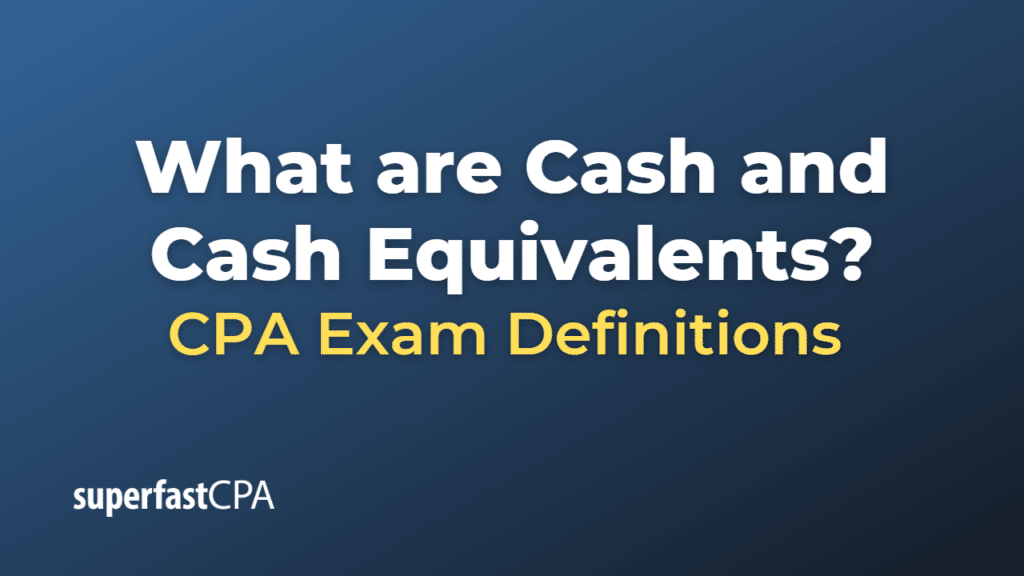Cash and Cash Equivalents
Cash and cash equivalents (CCE) are the most liquid assets found on a company’s balance sheet. They represent the funds that a business can quickly and easily access to pay for short-term obligations or use for immediate operational needs. Cash and cash equivalents are typically combined into a single line item on the balance sheet due to their similar characteristics.
Cash refers to physical currency, such as coins and banknotes, as well as funds held in checking and savings accounts. It represents the money a company can use immediately for transactions without any conversion or delay.
Cash equivalents are short-term, highly liquid investments that can be quickly and easily converted into cash, usually within three months. These investments carry minimal risk of changes in value and are generally considered as good as cash. Examples of cash equivalents include:
- Money market funds: These are mutual funds that invest in short-term, high-quality debt instruments, such as government securities, commercial paper, or certificates of deposit.
- Treasury bills: These are short-term government debt securities with maturities ranging from a few days to 52 weeks.
- Commercial paper: These are short-term, unsecured debt instruments issued by corporations to raise capital, typically with maturities of up to 270 days.
- Certificates of deposit (CDs): These are time deposits offered by banks with specified maturity dates, typically ranging from a few weeks to a few years.
Combining cash and cash equivalents on the balance sheet provides a snapshot of a company’s liquidity position, which is essential for assessing its ability to meet short-term financial obligations and fund day-to-day operations. A higher amount of cash and cash equivalents generally indicates better financial health, but it’s essential to consider the company’s industry, size, and other factors when evaluating its financial strength.
Example of Cash and Cash Equivalents
Let’s consider a fictional company, “TechCorp,” to illustrate cash and cash equivalents on a balance sheet. At the end of the fiscal year, TechCorp has the following cash and cash equivalent assets:
- Cash: a. Physical currency in the office: $5,000 b. Checking account balance: $80,000 c. Savings account balance: $45,000
- Cash Equivalents:
- Money market fund: $50,000
- 3-month Treasury bills: $30,000
- 60-day commercial paper: $20,000
To calculate the total cash and cash equivalents, TechCorp would combine the balances of cash and cash equivalents:
Total Cash = Physical currency + Checking account balance + Savings account balance
Total Cash = $5,000 + $80,000 + $45,000
Total Cash = $130,000
Total Cash Equivalents = Money market fund + Treasury bills + Commercial paper
Total Cash Equivalents = $50,000 + $30,000 + $20,000
Total Cash Equivalents = $100,000
Cash and Cash Equivalents = Total Cash + Total Cash Equivalents
Cash and Cash Equivalents = $130,000 + $100,000
Cash and Cash Equivalents = $230,000
On TechCorp’s balance sheet, the cash and cash equivalents line item would show a total of $230,000. This figure represents the most liquid assets the company has, which can be quickly accessed to cover short-term obligations or meet operational needs. Investors and creditors often use the cash and cash equivalents figure to assess a company’s liquidity and financial stability.













